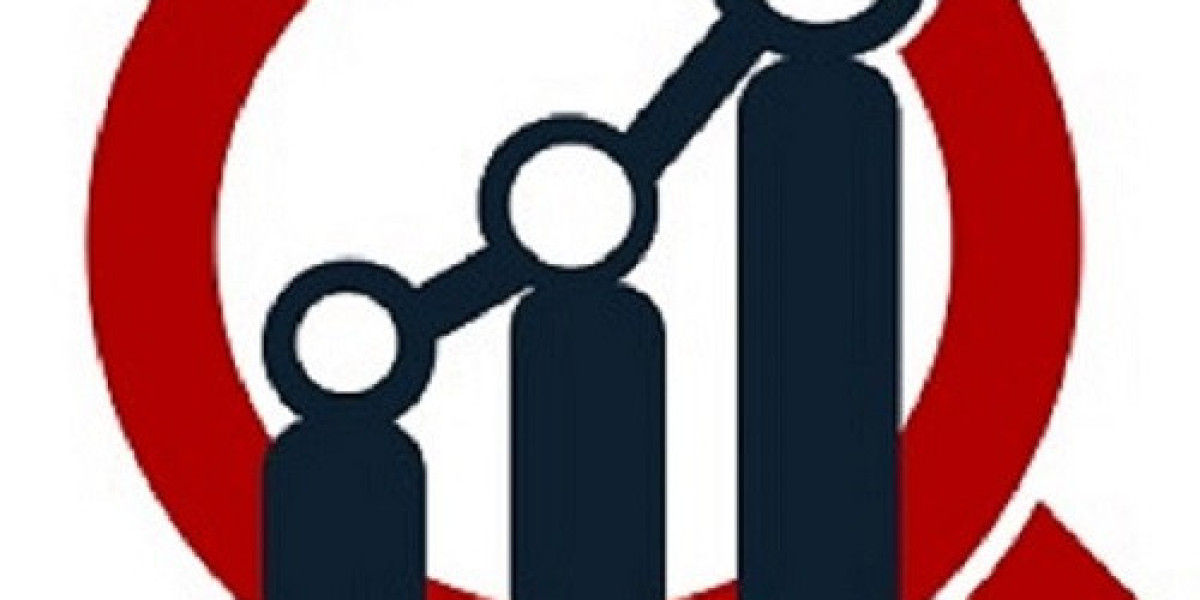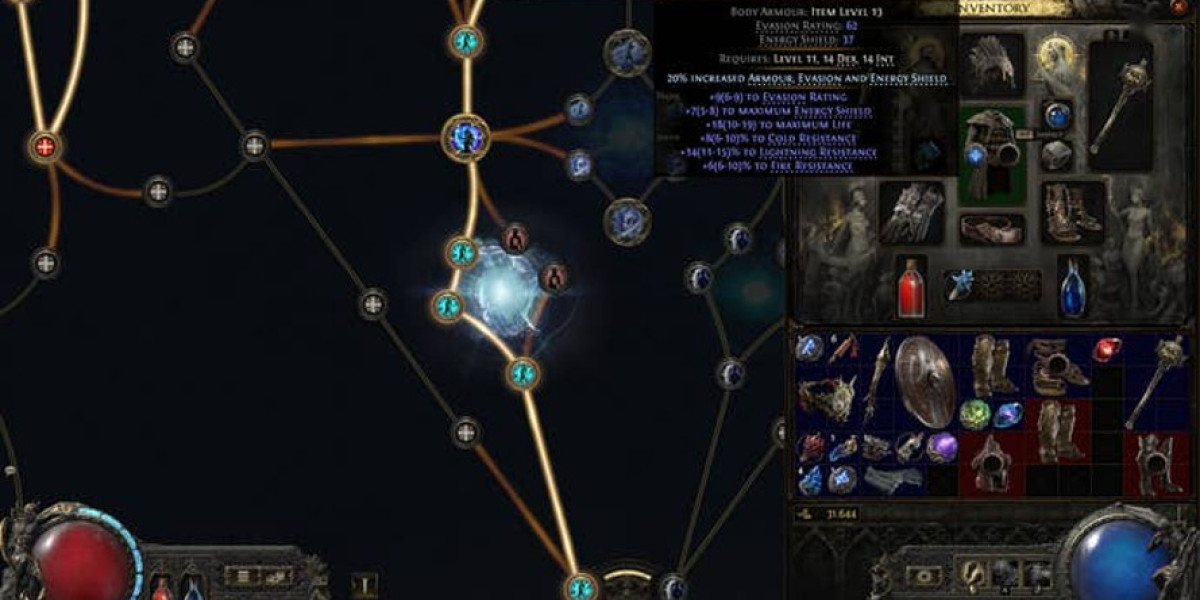Ultrasonic Sensor
Ultrasonic sensors are non-contact devices that measure distance, detect objects, or monitor levels using ultrasonic sound waves. By emitting high-frequency sound pulses and measuring the time it takes for the echo to return, these sensors provide accurate measurements of object proximity and positioning.
Ultrasonic Sensor Market Size was valued at USD 05 Billion in 2022. The Ultrasonic Sensor market industry is projected to grow from USD 09 Billion in 2023 to USD 16 Billion by 2030, exhibiting a compound annual growth rate (CAGR) of 13.00% during the forecast period (2023 - 2030).
Ultrasonic sensing technology is widely used in automotive safety systems, industrial automation, robotics, healthcare, and smart consumer devices. Their ability to function in challenging environments—such as dust, darkness, or clear liquids—gives them a distinct advantage over optical or infrared sensors in many applications.
Key Benefits of Ultrasonic Sensors
- Non-Contact Measurement
Ideal for applications requiring hygienic or non-invasive sensing, such as fluid level detection. - High Reliability in Harsh Conditions
Operates effectively in dusty, foggy, or dark environments where optical sensors fail. - Cost-Effective and Durable
Typically have low maintenance requirements and a long operational lifespan. - Wide Range Detection
Effective for both short and long-distance measurements with high accuracy.
Key Segments of the Ultrasonic Sensor Market
- By Type
- Proximity Detection Sensors
Used for object detection and obstacle avoidance in robotics and automation. - Range Measurement Sensors
Measure the exact distance of an object, useful in fluid level monitoring and parking assistance.
- By Mounting Type
- Through-Beam Sensors
Use separate transmitter and receiver for longer-range and accurate detection. - Retro-Reflective Sensors
Emit and receive signals from the same sensor, bouncing off a target or reflector. - Diffuse Reflective Sensors
Emit waves that reflect directly from the target to the sensor.
- By End-Use Industry
- Automotive
Used in parking assistance systems, collision avoidance, and ADAS. - Industrial Automation
Employed in manufacturing lines, conveyor belt monitoring, and robotic navigation. - Healthcare
Integrated into medical imaging, diagnostics, and non-invasive monitoring. - Consumer Electronics
Found in smart home systems, robotic vacuum cleaners, and gesture-controlled devices. - Agriculture
Used in automated irrigation systems and crop monitoring.
- By Application
- Level Sensing
Monitor fluid or granular material levels in tanks or silos. - Object Detection
Identify presence or absence of items in logistics or sorting systems. - Distance Measurement
Useful in drones, robotics, and autonomous systems. - People Detection and Counting
Applied in building automation for occupancy detection and energy efficiency.
Trends and Innovations
- Miniaturization and IoT Integration
Smaller, smarter sensors embedded into connected systems for real-time feedback. - AI-Enhanced Sensing
Machine learning algorithms are being used to interpret ultrasonic data more accurately. - Multi-Sensor Fusion
Combining ultrasonic sensors with optical, infrared, or radar systems for enhanced reliability. - Wireless Ultrasonic Sensors
Emerging in smart infrastructure and remote monitoring applications.
Challenges
- Environmental Interference
Performance can be affected by extreme temperatures, air turbulence, or high humidity. - Limited Surface Detection
Soft or absorbent materials may not reflect sound waves effectively. - Resolution Limitations
Compared to optical sensors, ultrasonic sensors may offer lower spatial resolution.
Future Outlook
As automation and smart sensing continue to expand across industries, ultrasonic sensors are expected to play a pivotal role in enabling safety, efficiency, and intelligence in systems. Their adaptability, affordability, and non-contact nature make them suitable for the evolving needs of Industry 4.0, smart mobility, and connected consumer products.
Get Related Reports:


